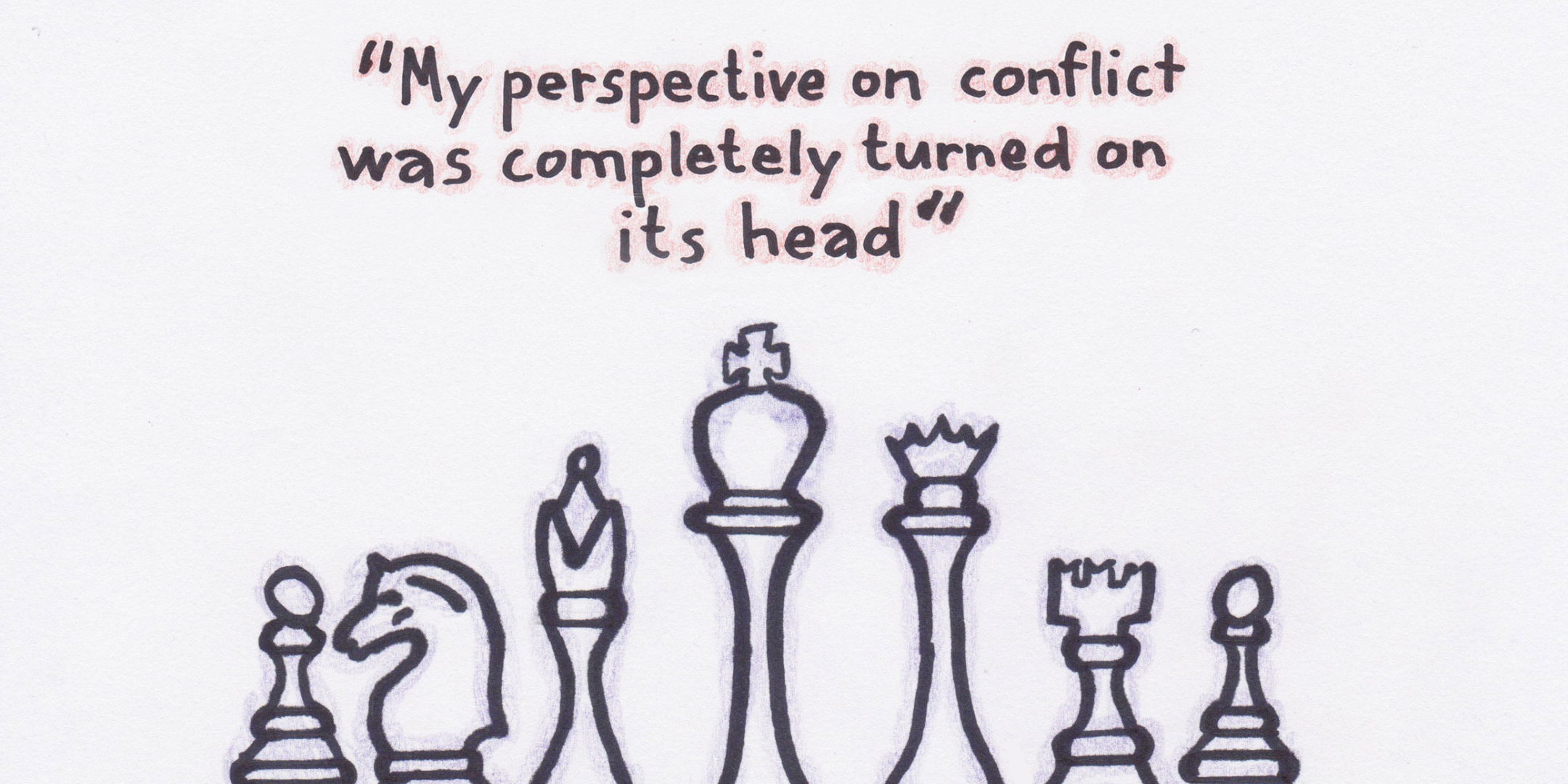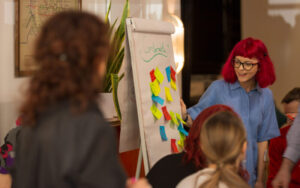ORSC Tools for Working With Conflict
ORSC provides a set of tools and techniques that can be applied to address conflicts effectively. Here are some key ORSC tools for conflict resolution:
Constellations
Constellations is a popular exercise with a simple premise: A group of people express themselves wordlessly, by arranging themselves in proximity to a central focus – an idea, concept or statement – in relation to their feelings about it.
It’s useful when a group is struggling to understand each other, or where dialogue becomes toxic. The shift to silence and physical expression can open up powerful new opportunities for communication and connection.
The Constellations exercise recognises the system and its wisdom. We are encouraged to observe the system, and to listen to and together process what the system has to say.
Constellations has a wide range of useful applications; workplace teams, board members, couples. The exercise works best when participants agree on a specific subject or theme. For example, workplace teams may have a problem or challenge to address emerging from a major organisational change. Or an executive team might need help to uncover the right priorities when developing a new organisational strategy.
Through Constellations, a group is facilitated to establish exactly where they all stand on a specific topic or issue. This may well be for the first time. Often this exercise reveals what was previously unknown or unacknowledged. It can be incredibly helpful for revealing what the real issues are within any system – be it a relationship, a team or an organisation – and create valuable opportunities to plan for and negotiate change.
The Third Entity
When we’re stressed, not communicating well or just struggling in relationships, this can lead to heated discussions and high tensions. The Third Entity exercise can help us during high-stress and pressure times when we butt heads!
This exercise strengthens our empathy by using feelings and intuition. The physical movement in this exercise is designed to jog your mind to think about things in new ways.
To start this exercise, identify 4 points on the floor, and physically move to each position as you follow the steps below:
Position 1. This is your side of the disagreement
What do you feel? What do you want?
Position 2. This is your opponent’s side of the disagreement
What do you feel? What do you want?
Position 3. This is the “Third Entity”
What does it feel like to watch 1 & 2? What do you know, they might not? What do you need from them?
Position 4. This is your side as a result of the exercise
What have you learned? What is one action step you will take based on what you’ve learned?
Alignment Work
When it comes to conflicts, it’s common for everyone to try to approach the issue from different angles. This can result in going around in circles, without really listening to each other. When we do alignment work, we learn to take the issue and separate it from those involved. This way we can look at it objectively and figure out how to tackle it together.
Before starting your day, ask the following questions:
-
How is each person feeling right now?
-
What do we need to be peaceful together today?
-
How would you like to be together when you’re feeling stressed or angry?
Remember – alignment doesn’t have to mean agreement!






